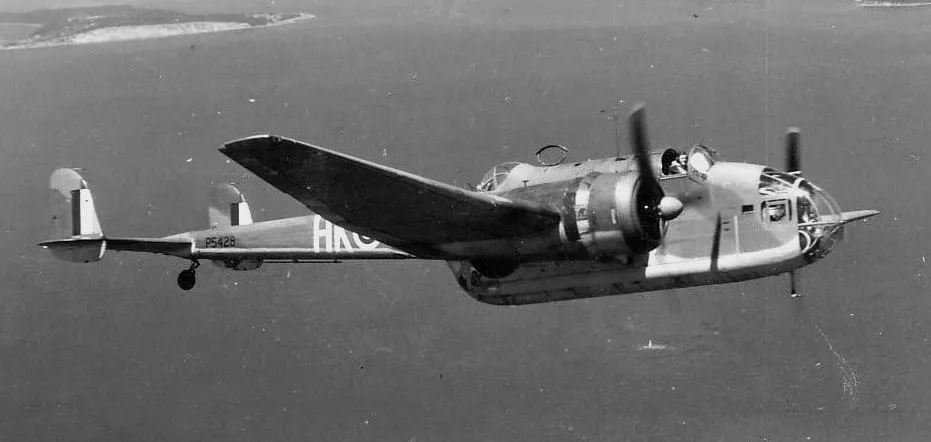Took off from Cottesmore at 23:54 in Hampden Mk I (Sqn code GL-S Bomber Command) on an operation to Bremen Germany.
Shot down by a night fighter and crashed at Molenwijk, Stadskanaal, Groningen Holland.
Killed: Sergeant George Edward Cragg Coldron RCAF R/106892 KIA Stadskanaal General Cemetery Onstwedde Plot 1. Row K. Grave 3. Flight Sergeant Roman Stadskanaal General Cemetery Plot 1. Row K. Grave 2.
POWs: Sergeant Roland Carlson RCAF R/106007 POW Stalag 344 Lamsdorf. Sergeant Thomas Francis Needham RCAF R/87182 POW Stalag 344 Lamsdorf.




